I'm seeing a lot of people wondering how to live stream their wedding on here and on Facebook wedding groups, so here's a step by step guide for those looking to live stream their wedding.
1. Pick a Recording Source
Use the newest high-end phone you have available to you. Ask your family or wedding party if yours is not the greatest. New iPhones/iPads will work great, as will Samsung Galaxy S series or Google Pixel phones. For other phones, just do a test record in various lighting settings to see if it works for you. Make sure the phone has a data plan available so that you don't have to rely on spotty wifi. Best if the phone has 4G wireless capability.
I personally would suggest not using a DSLR or other professional cameras. They're great for recording video but to stream, they'll need to be plugged into a computer and then have the data transfer over the internet. Some venues won't have good (or any) wifi signal and the transfer from camera to computer to wifi can lead to higher data disruptions to the stream.
Tablets with wifi or connected to a cellular data plan can also work.
2. Mount and Ground the Recording Source
You'll need a phone mount that can screw into a tripod. Make sure the mount can hold the phone horizontally. Since most people will be watching the stream on a computer, DON'T position your phone vertically. If you're using a tablet, make sure the mount fits the tablet (particularly iPads as they're sized different to most commercial tablets).
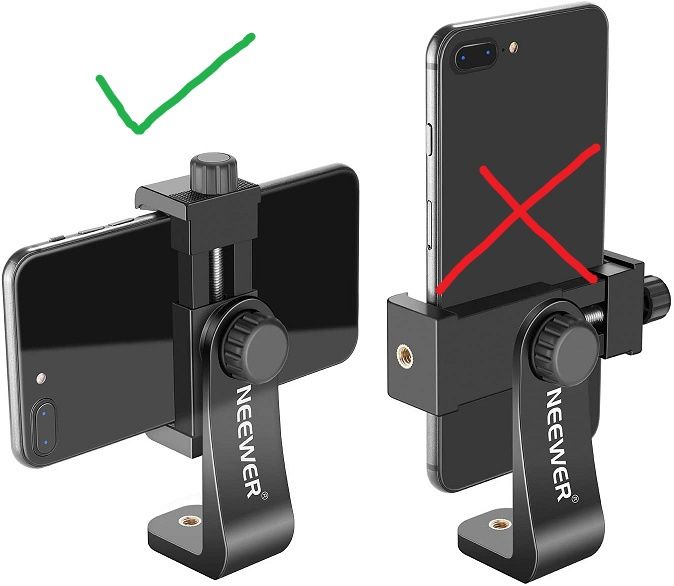
For tripods, if you already have that you use for one for vacations (left one in the image), you can use that. But if you need to get a tripod, I suggest renting a heavier one from Vistek or other camera rental store to prevent it from tipping over or being knocked down by guests. They're sturdier if you're outdoors, particularly on grassy or areas where the ground is uneven or there are high winds. The middle option is an example of a heavier tripod weighted at 20+ lbs (strong enough to be steady but light enough that anyone can maneuver it). The right option is something super heavy that is practically impossible to knock over and the legs can be further held down with sandbags.
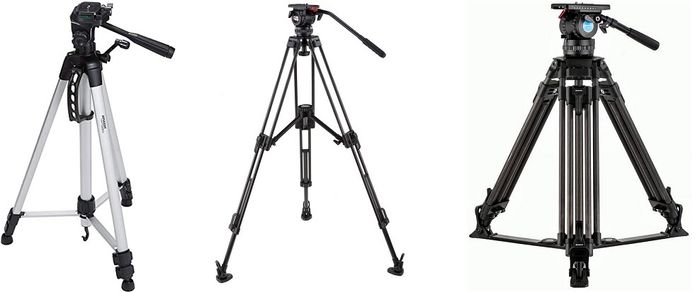
Your phone mic sucks. Period. No ifs or buts. If you want your guests to be able to clearly hear the ceremony, you'll need to do one of the following.
A) Rent a PA system
Pretty straight forward. Plug in a portable audio system that includes two speakers and a microphone. You can rent them at Long and McQuade or any pro-audio shop. Your venue may also have one available. This is the cheapest and most basic method to get better sound for your stream.
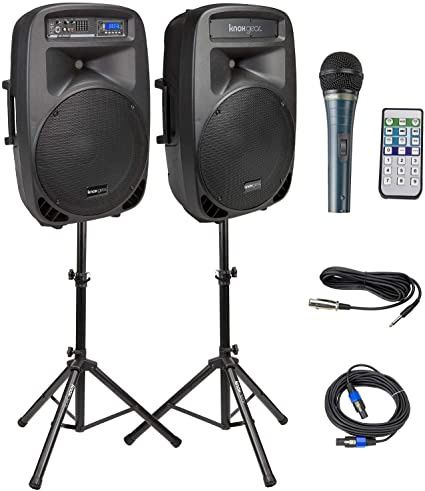
For a cleaner look, consider getting a transmitter your mic doesn't have to run a wire to the speaker.
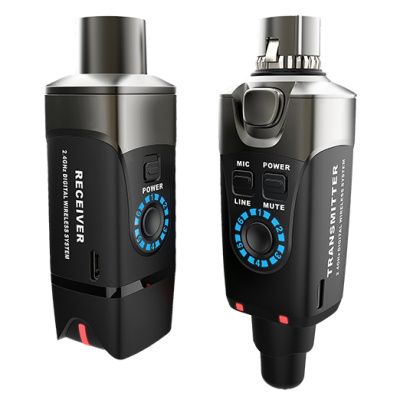
B) Create an audio network that connects everything to your stream
First you need a sound mixer, preferably one with at least three input channels and two outputs. The more inputs, the better so you can control individual mic levels (not to mention, no one will need to share microphones since it is covid). The mixer will be positioned near the phone that's recording your stream. You can rent them at Long & McQuade or any pro audio store.
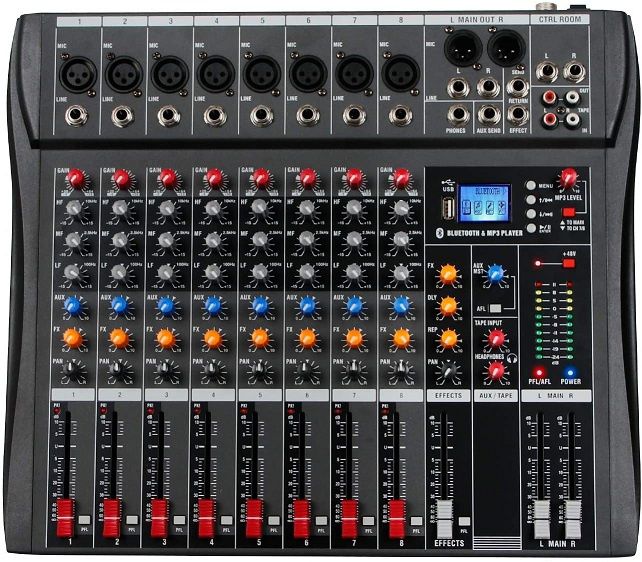


With the adapters, plug an audio cable from the mic side of the splitter and connect it with one of the output channels on the sound board. If your board has another output channel, you can plug in a set of speakers to amplify sound in your space, particularly useful if the space is large or is built with materials that absorbs sound.
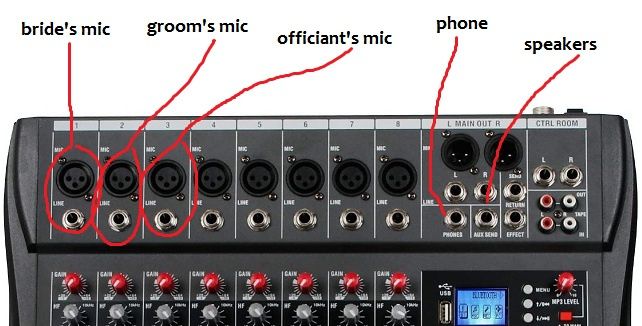
With this method, the phone is recording crisp clean audio directly from the microphones as opposed to picking it up from speakers using the phone's integrated mic, resulting in superior sound. Needless to say, this setup can only work in a venue that can provide sufficient power.
C) Get a Wireless Microphone and Speaker
Let's say you're outside at a public or provincial park, at a campground, or on top of a mountain with no access to any power whatsoever (but hopefully you have cell service!!!) None of the above options will work since you need electricity to power the equipment but you still want a way to amplify the sound for your guests tuning in from home. You can get one of those novelty battery powered bluetooth mics that people use for home karaoke. They come with a speaker attached to the handle so you can amplify your voice just enough for your phone to better catch it on camera. You can get them at Walmart or Amazon.
4. Pick a live stream service
There are a ton of streaming services out there but my preferred go to is EventLive. They stream from both Apple and Android devices and guests access the stream from a web browser without them needing to download any apps or sign up for any particular social media. There's also a guest book for your viewers to leave messages.
I've seen people suggest Zoom, Google Meet, or Facebook/Instagram Live as the streaming platform. Personally, I've never attended a Zoom meeting that didn't glitch (and god forbid someone doesn't mute their mic). With Google Meets, everyone requires a Gmail account or be preauthorized to join the meet. Facebook/Instagram Live requires all guests to be friends with/follow you on your account (and let's face it, how many seniors have one of those) and the live is also accessible to everyone else on your follow list.
That's pretty much it! If you have any further tips, comment below.














